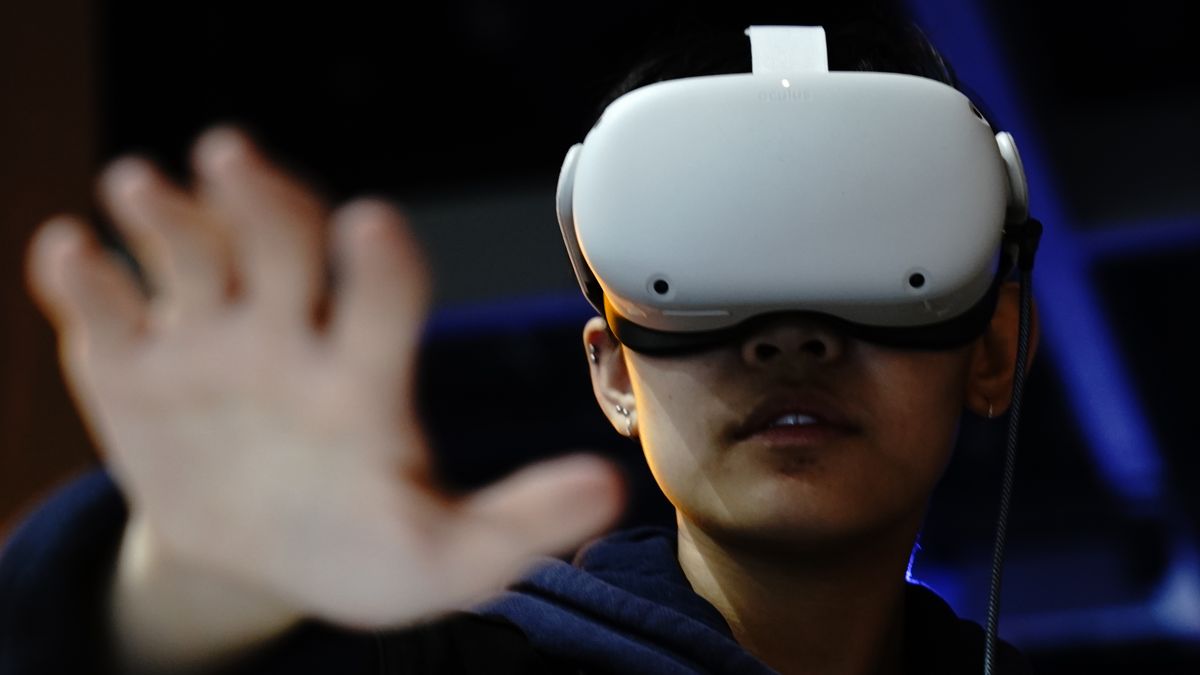
These remarkable 19th-century photos reveal that Santa Claus was not always the portly, jolly, red-cheeked figure known today.
A hunchbacked, skinny, and sometimes terrifying man, the fascinating images show what Father Christmas looked like in the 19th century — before he became the cuddly, bearded man marketed to modern-day consumers.
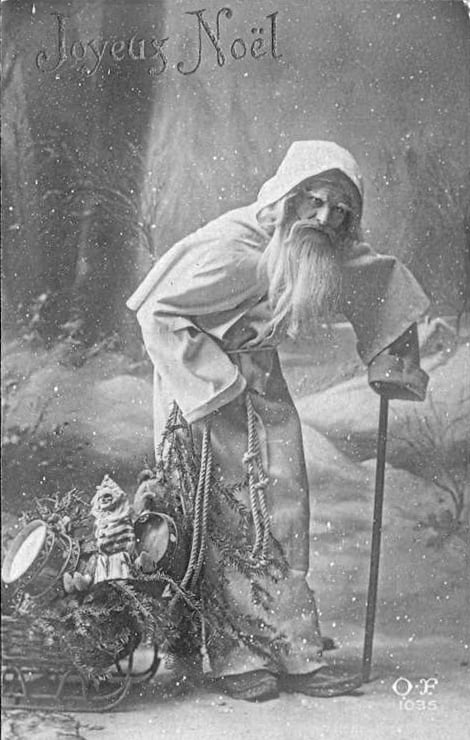
The black-and-white photographs, that date as far back as the 1880s, show Santa as a scary, scrawny, and episcopal-robed man with no reindeer-powered sleigh in sight.
Instead, Saint Nick has developed a hunchback from dragging around presents.
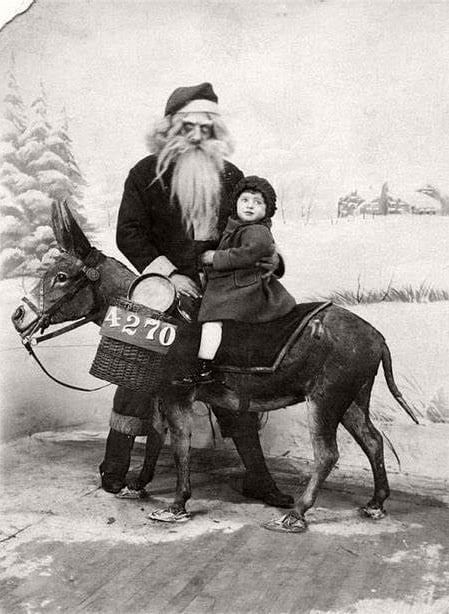
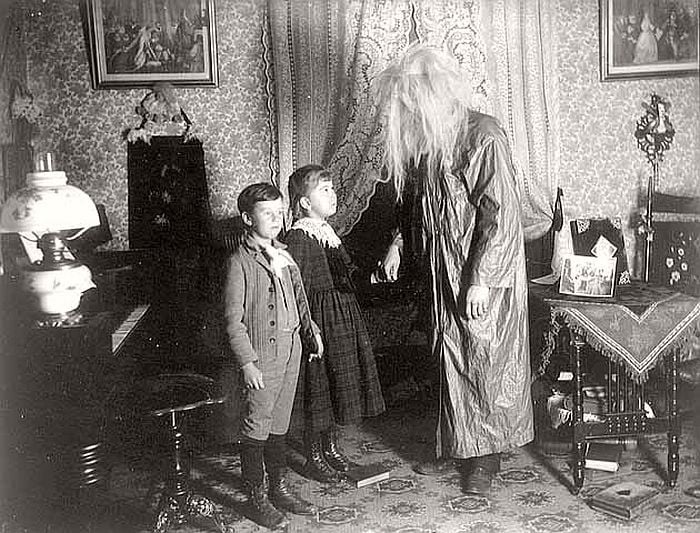
Other 19th-century representations of Santa are far more terrifying. Some 1880s images depict a grotesque old man with a large mask – whilst some 1890s pictures represent Father Christmas as a spooky, ghostly apparition.
Meanwhile, some early 20th-century European images show Saint Nick accompanied by a gruesome creature known as Krampus — a devil-like character who beats badly-behaved children and drags them back to Hell.
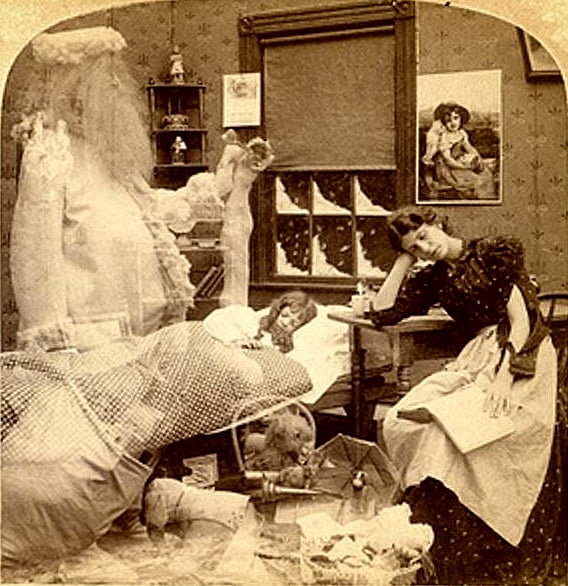
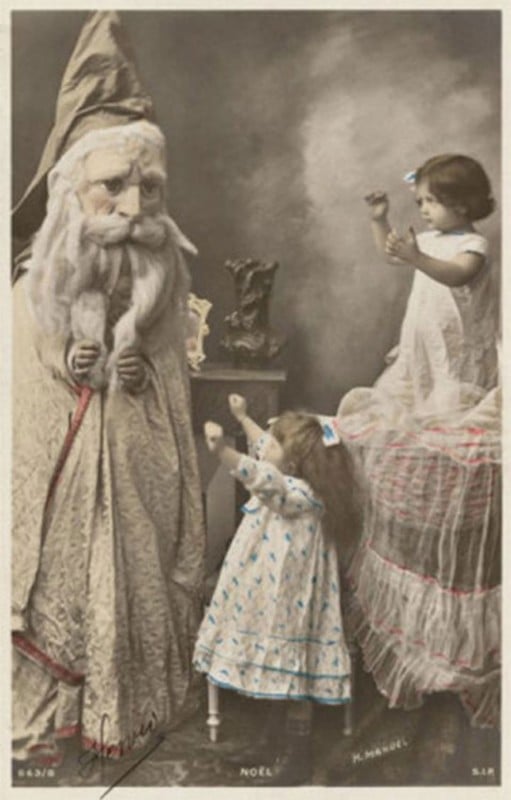

It was only in the 1920s that the modern vision of Santa as a plump and jolly man was created and this was mainly down to Coca-Cola’s holiday advertising.
Coca-Cola wanted to move away from the traditional thin, intellectual, strict-looking Santa of the late 19th and early 20th centuries.
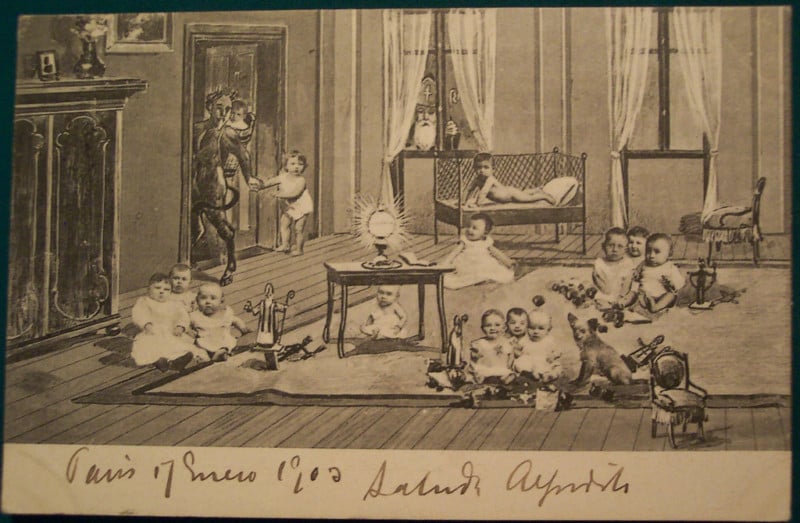
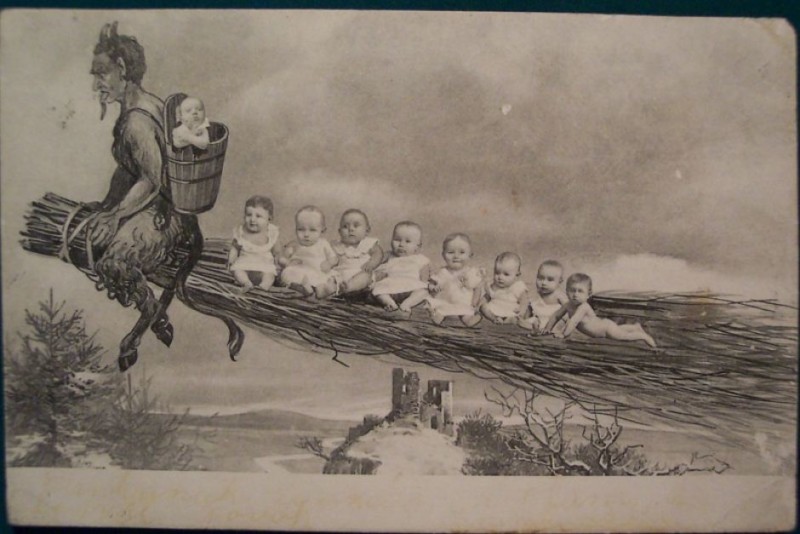
For its festive commercial, the brand wanted to project a more lovable, fat Santa with a taste for cookies, milk, and of course Coca-Cola bottles.
Afterward, many other brands and television shows in the twentieth century continued fuelling this modern depiction of Santa.

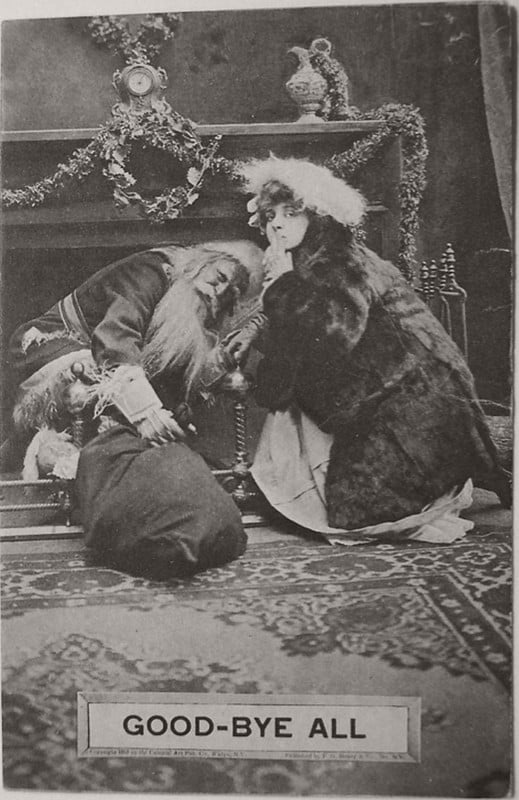
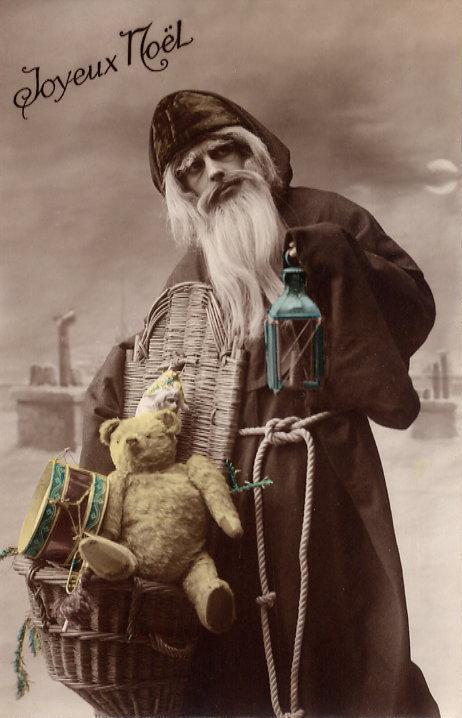
Father Christmas dates back as far as the 16th century in England. However, it was during the Victorian period that Christmas customs enjoyed a significant revival including the figure of Santa.
Father Christmas’s physical appearance in the 19th-century was changeable. While the signature white beard was always present, Santa was variously portrayed as hunch-backed, svelte, haggard, and even frightening.
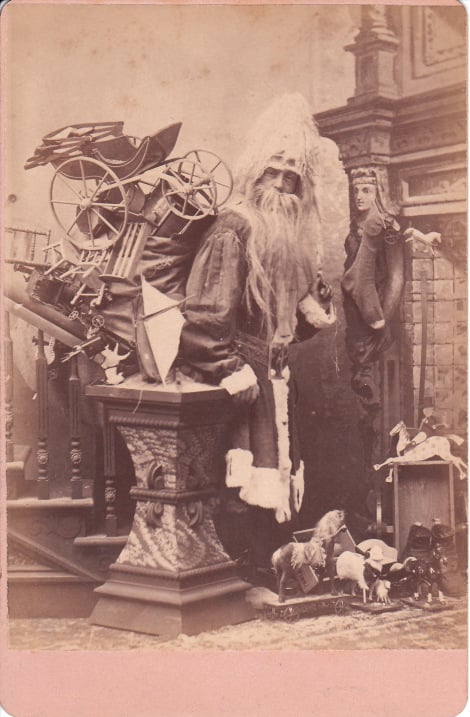
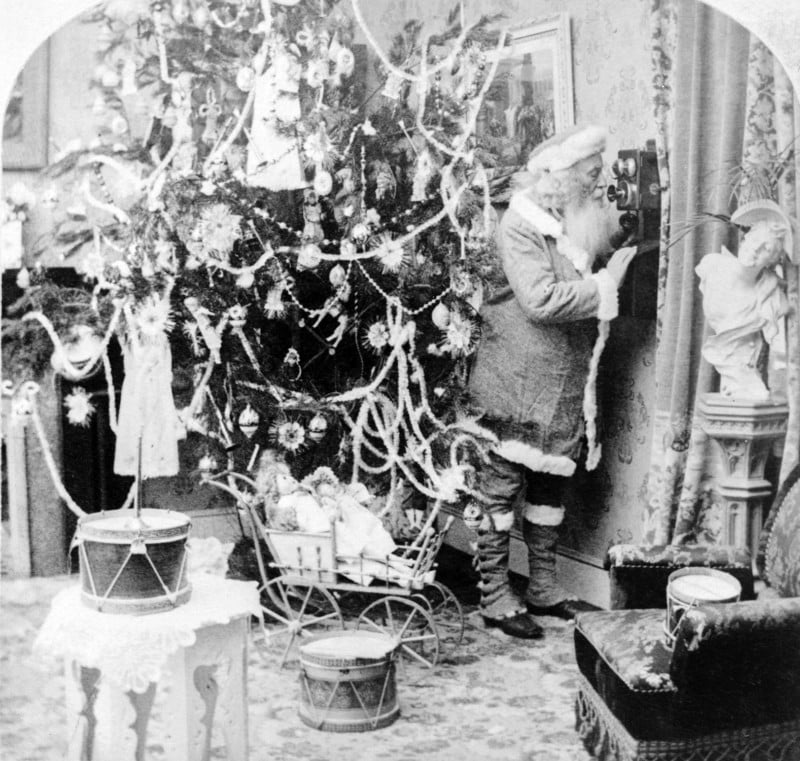
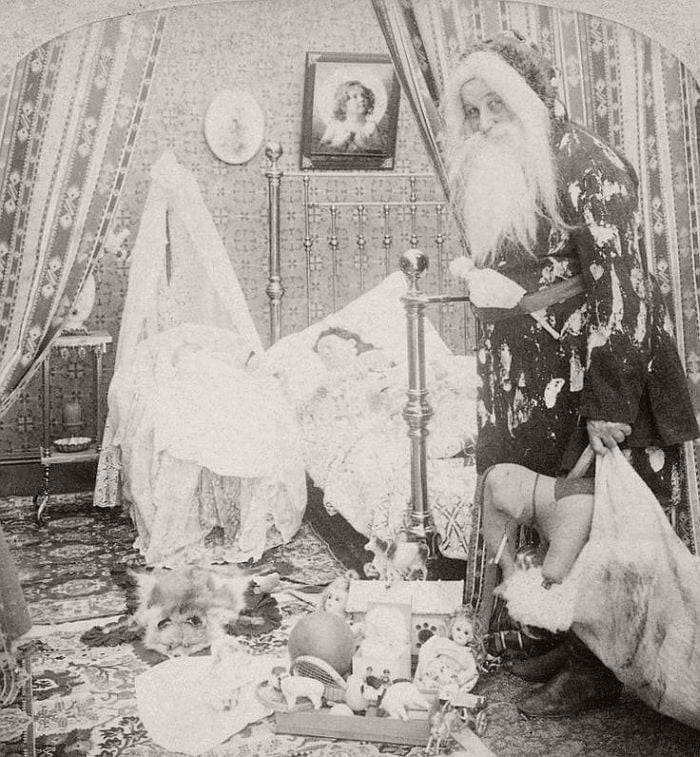
Loosely based on the patron saint of children, St Nicholas, Santa Claus was also represented as a strict, pious figure clothed in bishops’ red and white robes. This was later replaced by a fur-trimmed suit in the early 1900s.
Image credits: All photos courtesy of News Dog Media.

